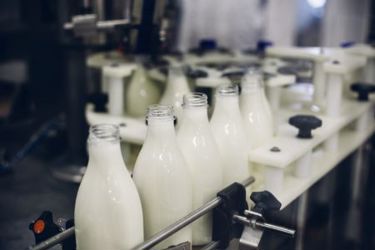Advancing Dairy Wastewater Treatment

Dairy operations produce wastewater from many sources that typically contain high levels of contaminants, suspended solids, organic compounds, ammonia compounds and fats, oils and grease (FOG). Left untreated, these contaminants can cause significant damage to the environment and public health. Given all these factors, it is critical to develop a safe, effective solution to treat wastewater that combines the right physical, chemical and biological processes. To help you select the best wastewater treatment strategy for your dairy processing application, our white paper provides a helpful overview of some of the challenges you will encounter including biochemical oxygen demand (BOD), total suspended solids (TSS), nitrogen and phosphorus removal. We also explore integrated wastewater solutions like dissolved air flotation (DAF) and moving bed biofilm reactor (MBBR) technologies that effectively remove contaminants and offer cost, energy and performance advantages. By implementing effective wastewater treatment methods, your dairy processing plant can comply with emerging regulations, meet business targets, reduce your treatment costs and minimize environmental impact.
Get unlimited access to:
Enter your credentials below to log in. Not yet a member of Water Online? Subscribe today.
